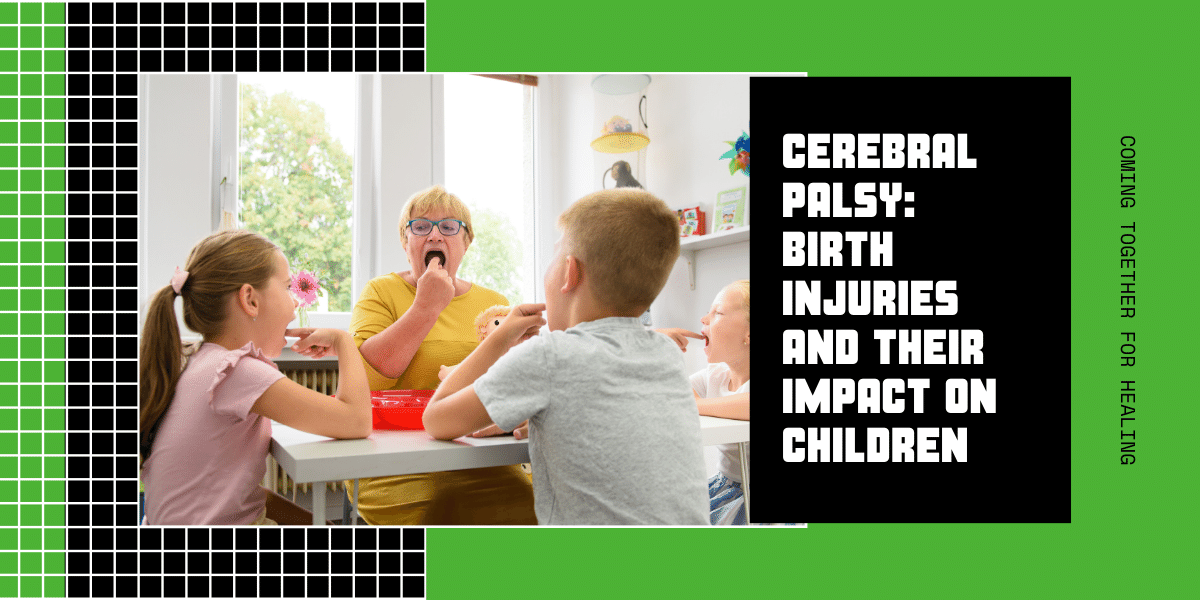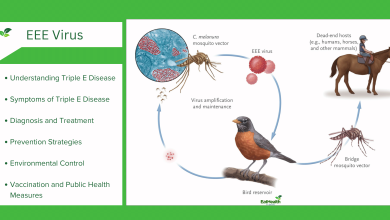Cerebral Palsy: Birth Injuries and Impact on Children
Unraveling the Complexities of Cerebral Palsy Caused by Birth Injuries
Introduction
Cerebral palsy, a complex neurological disorder impacting motor skills, presents significant challenges, especially when stemming from birth injuries. This comprehensive exploration delves deep into the multifaceted aspects of cerebral palsy caused by birth injuries, unraveling the complexities for affected families, caregivers, and communities. By understanding the intricate nuances of this condition, we can pave the way for comprehensive support systems that cater to the unique needs of these individuals.
The Complex Landscape of Cerebral Palsy and Birth Injuries
Cerebral Palsy: An Overview Cerebral palsy is a broad term encompassing a range of motor disorders originating from brain damage, often caused by birth injuries. These injuries, which can occur due to complications during labor and delivery, present a multifaceted challenge for both medical professionals and families. This section will explore the various types of cerebral palsy resulting from birth injuries and the underlying causes, shedding light on the intricate medical aspects.
Complications During Labor and Delivery Understanding the specific complications during labor and delivery that lead to cerebral palsy is paramount. Oxygen deprivation, trauma, or infections can damage the delicate developing brain, resulting in lifelong challenges for the affected child. Delving into the medical intricacies can provide insights into preventive measures and medical protocols.
Early Detection and Intervention: Navigating the Signs and Symptoms
Recognizing the Red Flags Early detection of cerebral palsy is pivotal for timely intervention. Parents and caregivers need to be well-informed about the signs and symptoms, which might include delayed developmental milestones, muscle weakness, abnormal reflexes, or difficulties in motor coordination. By recognizing these red flags, families can seek medical advice promptly, ensuring tailored and effective treatment strategies.
The Role of Caregivers and Medical Professionals Caregivers and medical professionals are essential pillars of support in the journey of managing cerebral palsy. This section explores the vital roles played by parents, therapists, and doctors in the early diagnosis, intervention, and ongoing care for children with cerebral palsy. Insights into the collaborative efforts between families and medical experts can illuminate the path to holistic care.
Impact on Families: Emotional, Financial, and Social Challenges
Emotional Rollercoaster: Navigating Grief, Resilience, and Hope Families dealing with cerebral palsy experience a myriad of emotions, from grief and frustration to resilience and hope. Understanding the emotional impact is crucial for offering empathetic support. This section delves into the psychological aspects, highlighting the coping mechanisms, counseling resources, and the power of community in fostering emotional well-being.
Financial and Social Challenges: Breaking Barriers Cerebral palsy can strain family finances due to medical expenses, therapies, and assistive devices. Additionally, social challenges like stigma and lack of awareness can exacerbate the situation. Exploring financial aid options, community support programs, and initiatives to raise awareness can break down these barriers, ensuring that families receive the holistic support they need.
Therapeutic Interventions and Assistive Technologies
Comprehensive Therapies: Enhancing Quality of Life While cerebral palsy has no cure, various therapeutic interventions significantly improve a child’s quality of life. Physical therapy, occupational therapy, speech therapy, and innovative interventions tailored to individual needs play a pivotal role. This section explores these therapies, emphasizing their importance in enhancing mobility, communication, and overall independence.
Assistive Technologies: Empowering Independence The advent of assistive technologies, including advanced wheelchairs, communication devices, and braces, has revolutionized the lives of individuals with cerebral palsy. Examining these technologies in detail, we can uncover how they empower independence, enabling affected children to actively participate in academic, social, and recreational activities.
Building Supportive Communities and Raising Awareness
Online Communities: Connecting Families, Sharing Experiences The power of online communities in connecting families, allowing them to share experiences and advice, cannot be overstated. This section explores the role of online platforms and support groups in fostering a sense of belonging, reducing isolation, and providing a wealth of information and emotional support.
Raising Awareness: Fostering Inclusivity Raising awareness about cerebral palsy and birth injuries is paramount for fostering inclusivity. Initiatives, campaigns, and educational programs can dispel myths, reduce stigma, and promote understanding. By embracing diversity and empowering individuals with cerebral palsy, society can move towards a more inclusive future.
Conclusion
Cerebral palsy resulting from birth injuries is a multifaceted challenge that requires a comprehensive approach. By understanding the causes, recognizing the signs, accessing appropriate treatments, and fostering supportive communities, families can navigate this journey with resilience and hope. It is through awareness, education, and empathy that we can build a society where every child, regardless of their abilities, can thrive and live a life full of opportunities. By uniting as a community, we can create a world where individuals with cerebral palsy lead fulfilling lives, achieving their dreams and aspirations.
Follow our YouTube Channel for Health realted educational Videos







